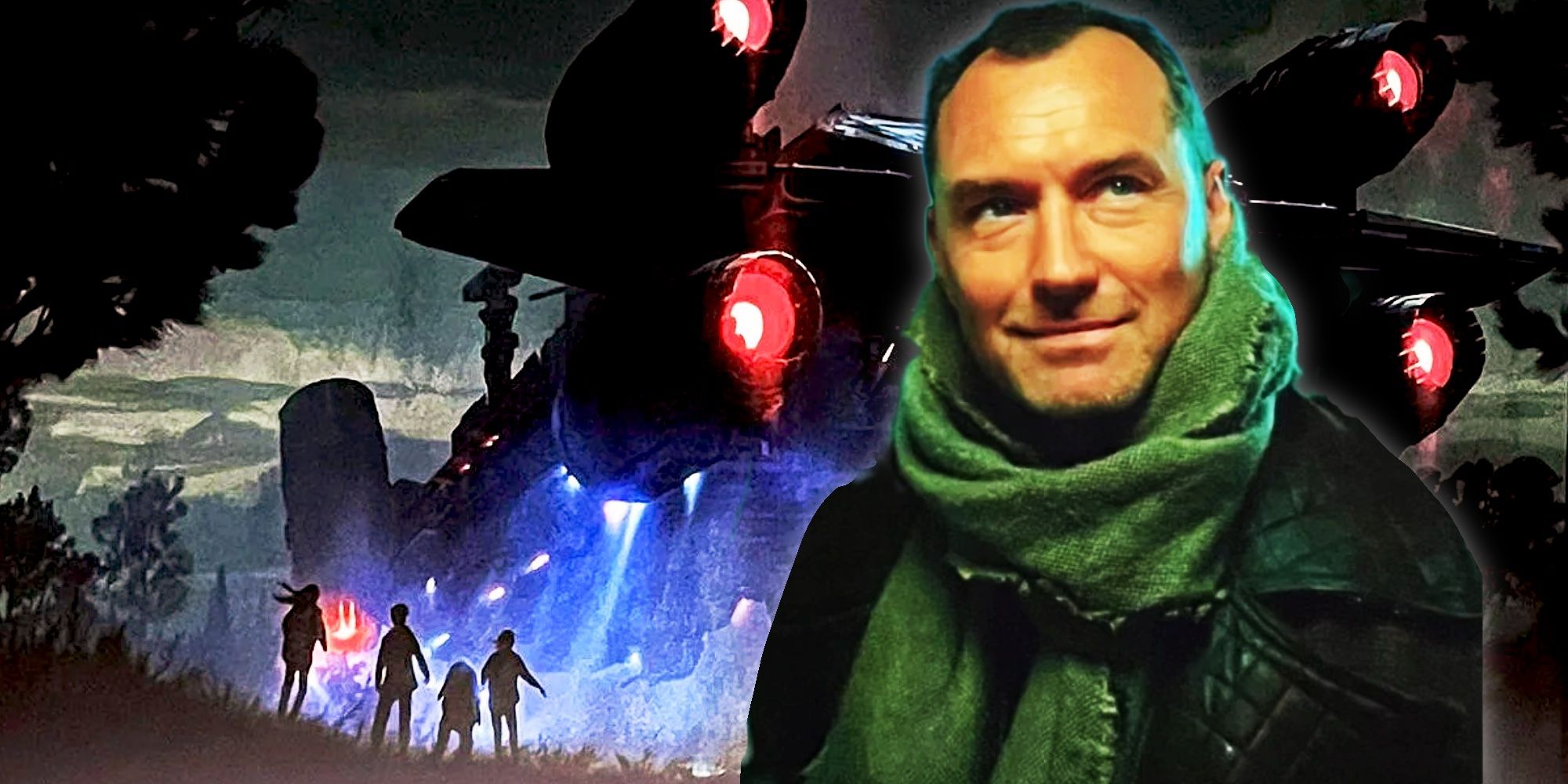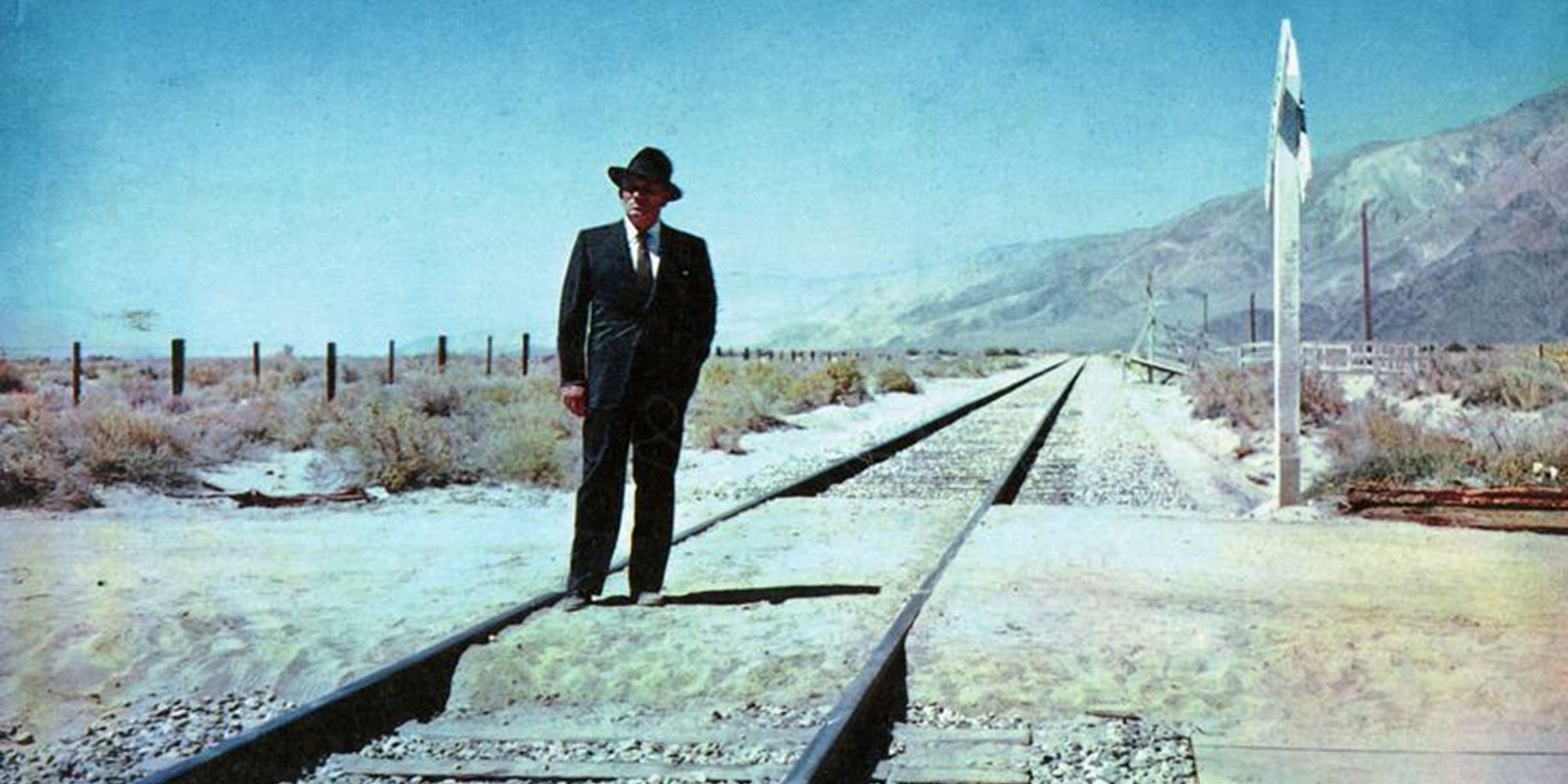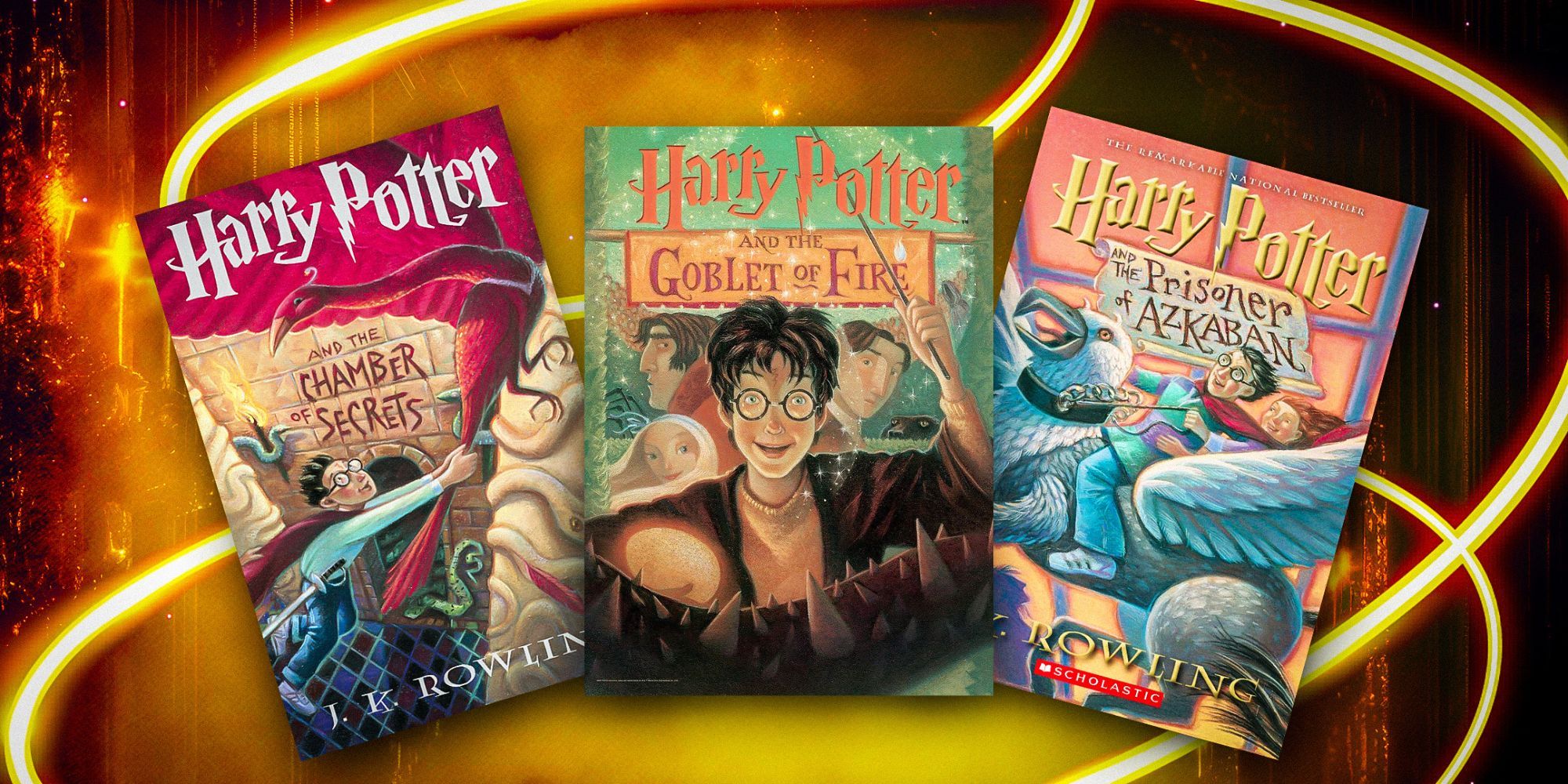Game Freak’s Pokémon Legends: Arceus should have given players more regional variants than it did. The latest installment in the Pokémon series, Legends: Arceus introduced 18 new regional variants to the Hisuian region, including the final evolution of the three starter Pokémon. Considering the game takes place over 1,000 years in the past in the current-day Sinnoh region, there could and should have been many more Pokémon variants.
Regional variants are versions of Pokémon that have changed appearance and possibly base stats and type in accordance to their environment. They were first introduced in 2016 with Generation VII, Pokémon Sun and Moon. A total of 18 Pokémon, all originally from Generation 1, were given an Alolan variant. In 2019, Game Freak released over 20 Galarian variants in Pokémon Sword and Shield for Generation 8. Pokémon Legends: Arceus continued the tradition of regional variants in 2022.
Given the different time period and region in Pokémon: Legends Arceus, there was a vast opportunity for Game Freak to create more new Pokémon regional variants. Plants and animals evolve and adapt throughout time and depending on their current environment. These factors should have been more apparent in Legends: Arceus with the appearance of even more regional variants from present-day Pokémon.
Pokémon Legends: Arceus’ Existing Variants
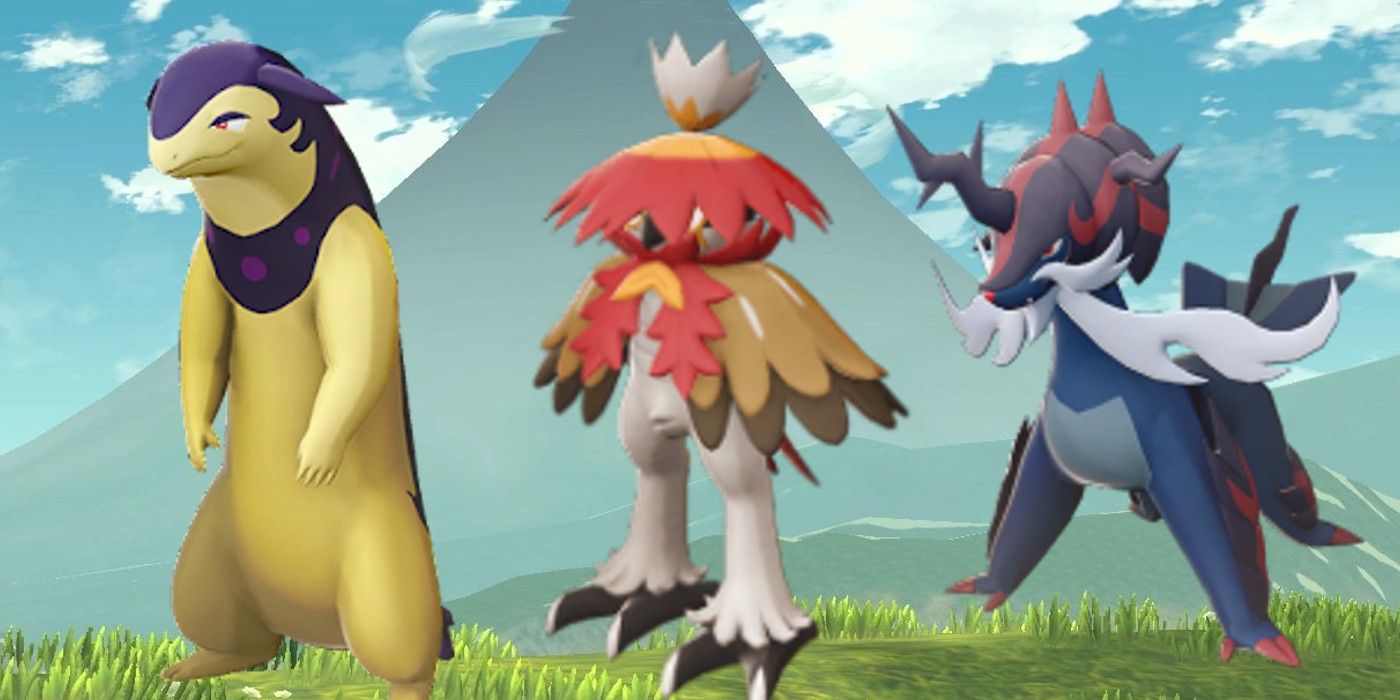
At the start of Pokémon Legends: Arceus, the player is dropped from the present-day into the Hisuian Region (present-day Sinnoh) over 1,000 years ago. Without knowing where they are and with only vague direction from an unknown source, the player must navigate their way through a new region that is not yet friendly with Pokémon and is dealing with tensions between rival clans. Players are given the task to help create and complete a Pokédex in Legends: Arceus for Professor Laventon unlike any seen before detailing specific research tasks for each given Pokémon.
Not long after the player meets Professor Laventon in Pokémon Legends: Arceus, a choice between three starter Pokémon is given to the player: Rowlett, Cyndaquil, or Oshawatt. These Pokémon are the standard Grass, Fire, and Water-Type Pokémon that players usually get to choose from at the start of most Pokémon games. While these three Pokémon in their starter form are the standard variant, each of their final evolutions, Decidueye, Typhlosion, and Samurott, do have new regional forms. Decidueye, originally a Grass and Ghost-Type, trades in its green head crest for a red and yellow one and its secondary Ghost-Type for a secondary Fighting-Type. Typhlosion switches up its orange mane to a violet one and adds a secondary Ghost-Type to its primary Fire-Type. Samurott’s Hisuian regional variant in Pokémon Legends: Arceus has a darker look to it and adds a secondary Ghost-Type to its standard Water-Type.
Aside from the fully evolved starter Pokémon, Pokémon Legends: Arceus introduces players to some specific new regional variants for the Hisuian Region. Most notably of these was Growlithe whose once rough and tumble look is now fluffy and adorable and Voltorb who now has more of a woodgrain lower half. Both of these Pokémon also take on secondary types of Rock and Grass respectively. Their evolutions also take on these new types. There are a few other Pokémon that take on new forms and new types aside from these.
Some Pokémon in Pokémon Legends: Arceus have new evolutions based on their new regional variant. Two examples are Overqwil and Sneasler. Qwilfish, a Dark and Poison Type in Hisui, evolves into the even spikier and more sinister-looking Overqwil. Sneasel now can evolve into Sneasler instead of Weavile and is now a Fighting and Poison Type instead of a Dark and Ice Type. New regional variant evolutions are not new in Legends: Arceus; Pokémon Sword and Shield introduced players to Perrserker, Mr. Rime, Sirfetch’d, Cursola, Obstagoon, and Runerigus.
Pokémon Legends: Arceus Regional Variants That Could Have Been
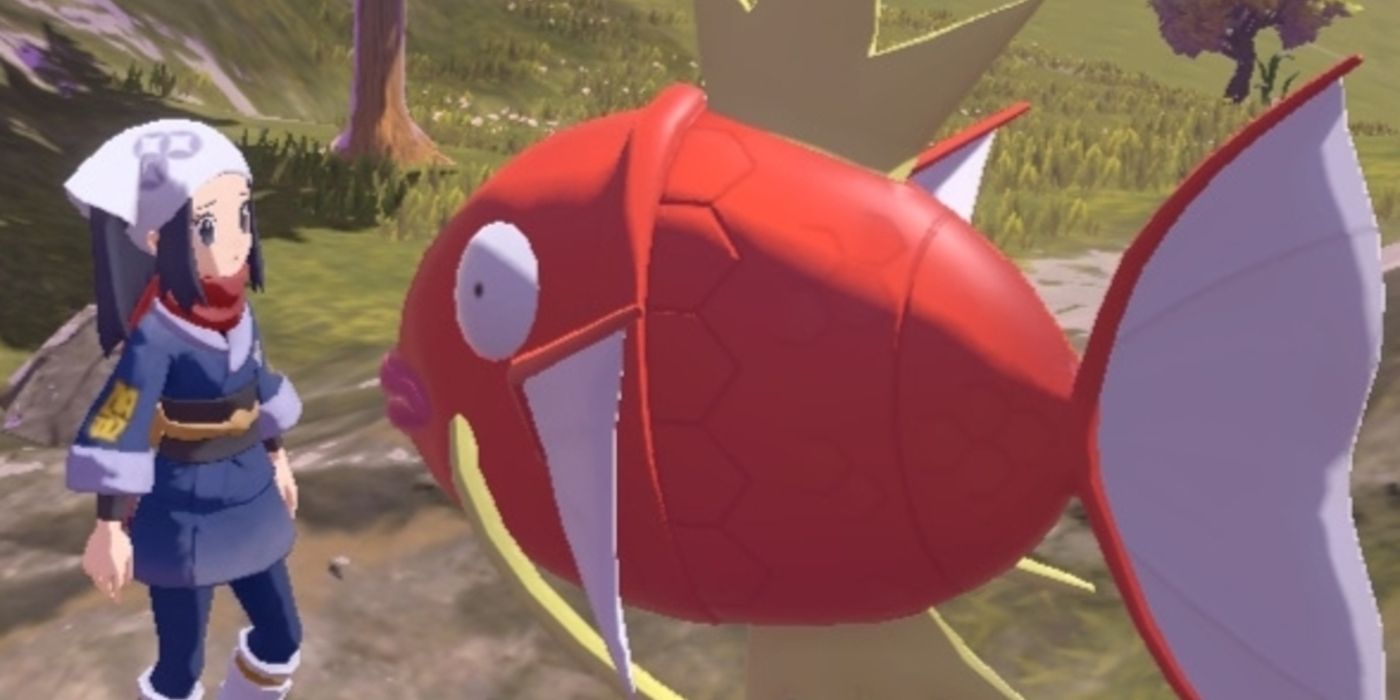
In Pokémon Legends: Arceus, seven Pokémon are given regional variants for their evolved forms. Their pre-evolved forms and sometimes their first evolutions are the same standard Pokémon. This would have been the perfect opportunity for Pokémon to create more regional variants for the three starter Pokémon in Legends: Arceus and their evolutions, Rufflett, Petilil, Goomy, and Bergmite. With the evolved versions looking different and taking on new types, the pre-evolved forms should have also had at least an appearance change. For example, Cyndaquil and Quilava should have taken on the same violet flame colors that Typhlosion has and Bergmite should have had the secondary Rock Type that Avalugg has with the appropriate appearance change.
With Pokémon Legends: Arceus taking place over 1,000 years in the past of the Sinnoh region, many Pokémon should not have looked the same as they do in the present. Plants and animals evolve over time and Pokémon should too. Roselia could have taken on a red and pink color like the Chinese Rose, which is what current roses evolved from. In Pokémon Legends: Arceus, Magikarp, who many liken to a goldfish, could have been given more of the appearance of a koi fish adding in some black and white coloring. Even Snorlax, who has an iconic look, could have had a regional variant more in tune with the time period of Hisui. It is a perfect opportunity for Snorlax to transform into a sumo-style Pokémon, with a secondary Fighting Type.
Pokémon Legends: Arceus‘ location is based on areas in Japan and takes place in the Hisuian region or present-day Sinnoh region. Like animals, Pokémon should fit their environment with their appearance. This can mean camouflage or other physical changes to Pokémon as well as Type changes. There was a lost opportunity in giving Beautifly and Dustox regional variants based on real butterflies and moths native to Japan like Great Purple Emperor Butterfly or the Japanese Silk Moth. Instead of being bright orange and red in color which is highly visible, Pokémon Legends: Arceus‘ Paras and Parasect should have been a light tan color and its mushrooms could have resembled the Springy Mushroom, a Hisuian fungus that is also a crafting ingredient. There are many other Pokémon that could have had a regional variant specific to the Hisuian area based on the environment or inspiration from the Japanese region.
Pokémon Legends: Arceus left something to be desired when it came to Hisuian regional variants. There were many different opportunities that the game could have taken to create an even more enriched and diverse list of Pokémon for players to discover. If Pokémon Scarlet and Violet wants players to feel even more immersed in their environment for the new region, then it needs to give players more variants based on the currently available Pokémon.

